Taken as trophies because of their wisdom and unblemished beauty, Hananiah, Mishael and Azariah are given the new names of Shadrach, Meshach and Abednego to rob them of their cultural identity and reflect the greatness of their new foreign king and his gods. Separated from their families, their land, and the practices of their faith, these men become architypes for the transformative power of truth and a faithfulness to tradition in the midst of exile, oppression and injustice.
Defeated but not broken, these three young men, along with their companion Daniel (renamed Belteshazzar), remain faithful to their god through their cultural touchstones of food, prayer and worship. For a time, because of their skills, cleverness and wisdom, these companions find ways to win the heart and mind of the king and are appointed to prominent positions in the kingdom.
But when the king builds a great golden statue to himself and demands that all his subjects must fall down and worship it or be thrown into furnace of blazing fire, the exiles are forced to make a public stand and declaration of their faith in their god. The satraps, prefects, governors and counselors, treasurers, justices, magistrates and all the officials of the provinces seize upon the king’s decree as a way to finally trap and break the will of these young men.
Brought before the enraged king, these companions make their stand saying:
“O king we have no need to present a defense to you in this matter. If our god whom we serve is able to deliver us from the furnace of blazing fire and out of your hand, O king, let him deliver us. But if not, be it know to you, O king, that we will not serve your gods and we will not worship the golden statue that you have set up.”
While we know the rest of the story and the three young men come out of the furnace of fire unscathed, the Book of Daniel is not a “we all live happily for ever after” folktale. The story celebrates the transformative power of truth and faithfulness to tradition amidst the ongoing history of tyrants, those who perpetuate injustice and those who deny others their full humanity and freedom.
- The art and aesthetic is unpretentious: While often demonstrating profound skill or complexity in narrative content, the form and aesthetic in primal religious traditions is rooted in the very materials that are available, and often simplified to only include the elements critical to the story’s liminal or pivotal moments.
- The art and aesthetic centers around a sacred story: In the oral traditions of primal religions, storytelling enables a people to make sense of how their universe and their world is ordered, as well the complexities and right order of human relationships and the right order of the natural world. Art is utilized as both a prop in the narrative telling and as a visual reminder of the story itself.
- The art and aesthetics is made to be consumed: Like a story or folktale, ritual action, a shared meal, music or dance, art comes into its fullest meaning as the community comes together. Art’s primary function is in the midst of community and ritual.
- The art and aesthetics name and reveal evil: Primal religious cultures are very aware of the powers that threaten their very existence. Whether that threat be from the natural world, the spiritual realm, or simply a neighbor who seeks more than he/she needs, naming and revealing evil acts either to tame it or keep it at bay.

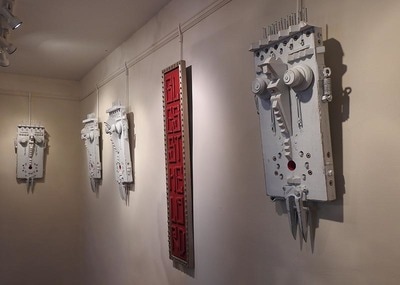
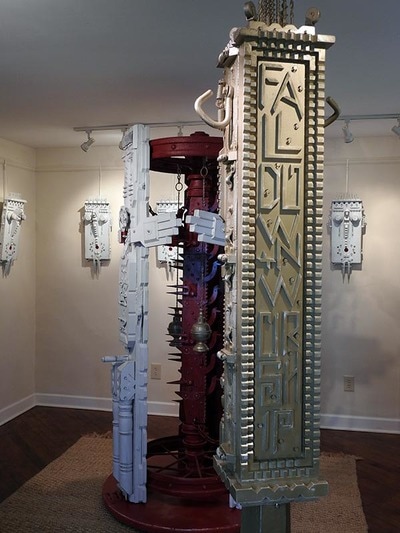

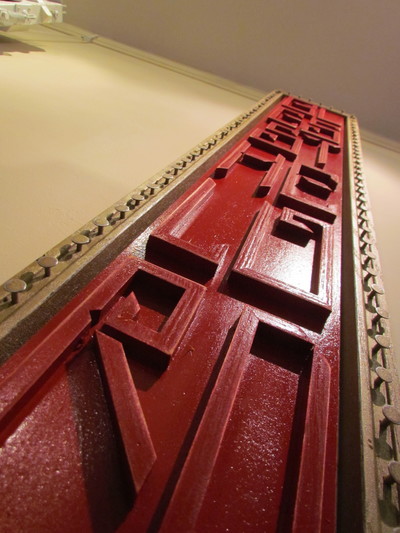
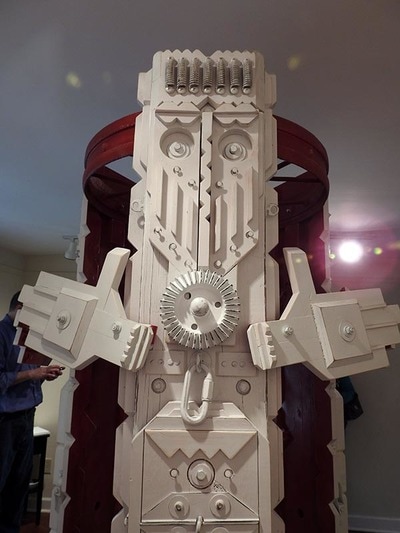
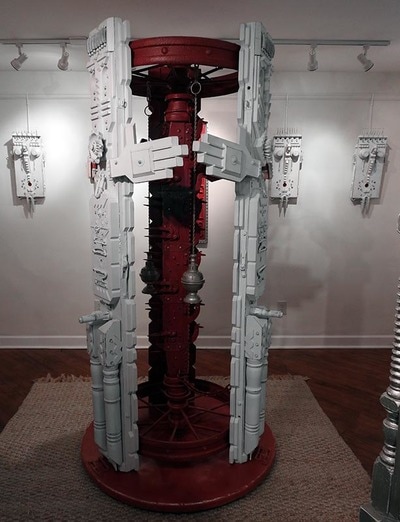
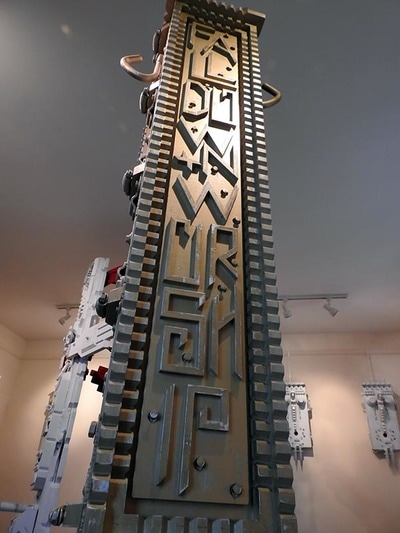
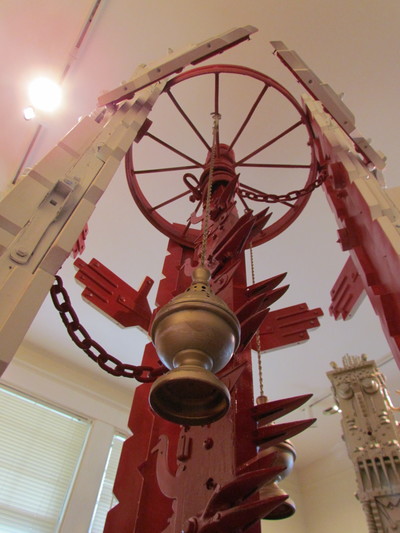
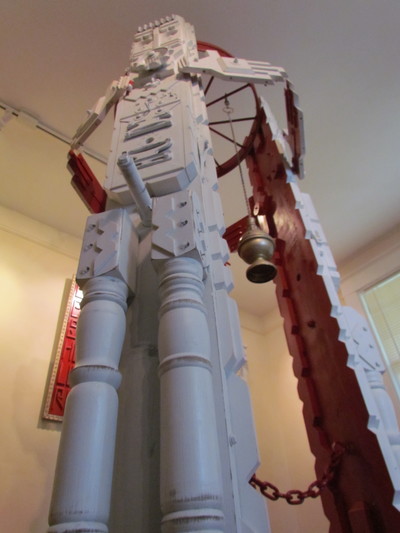
 RSS Feed
RSS Feed